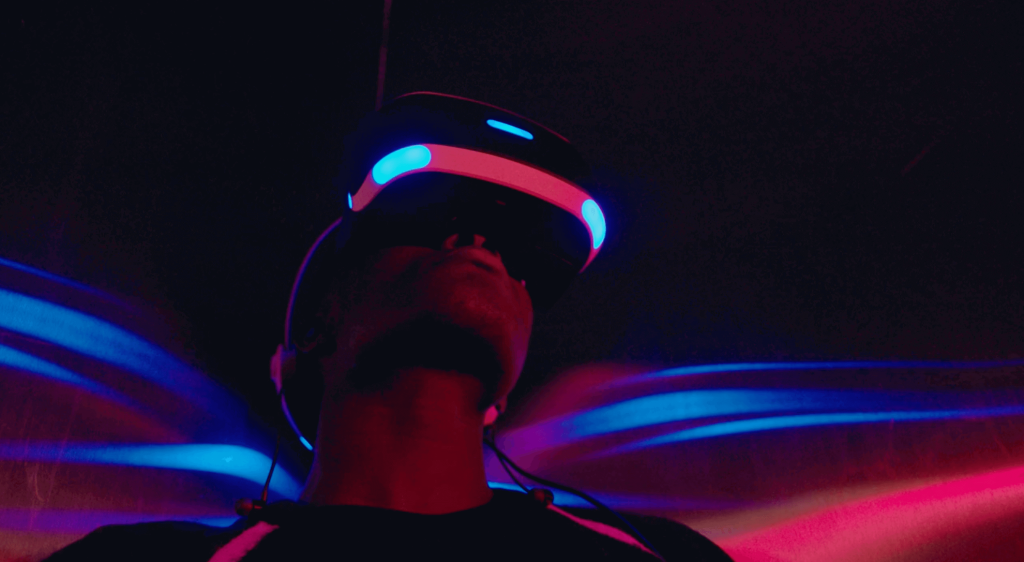In recent months, the field of Artificial Intelligence (AI) has advanced rapidly, bolstered by improvements in neural learning systems, autonomous sorting technologies, and efficient maintenance protocols. This article will delve into these exciting developments, exploring their implications across various industries and learning how they pave the way for future innovations.
The foundation of modern AI primarily lies in neural networks, utilizing complex algorithms that mimic human brain function. **Neural learning systems** are at the forefront of this evolution, as researchers have made notable strides in enhancing their capabilities. Developments in deep learning have allowed AI systems to learn and perform tasks with minimal human intervention, opening doors to numerous applications, from healthcare diagnostics to autonomous vehicles.
One significant breakthrough in neural learning systems is the introduction of more sophisticated architectures designed to handle large datasets effectively. Researchers at Stanford University recently released a paper detailing a new neural architecture they termed ‘Quantum-Enhanced Neural Learning Systems’ (QENLS). By integrating quantum computing with traditional neural network frameworks, the QENLS can conduct complex calculations exponentially faster than conventional methods. This breakthrough suggests that AI systems can process vast amounts of data, enabling real-time insights across multiple domains—including financial forecasting, climate modeling, and personalized medicine.
Additionally, advancements in transfer learning techniques allow neural networks to apply knowledge gained from one domain to another, significantly reducing training time. For instance, Google has implemented an innovative transfer learning approach in their ImageNet AI model, which has showcased remarkable improvements in image classification accuracy with significantly less required data. Increased reliance on transfer learning not only elevates performance standards in AI applications but also emphasizes the importance of multi-domain adaptability across neural learning systems.
Moreover, as these neural learning systems evolve, challenges associated with maintainability and system upgrades also become apparent. AI models are not static; they require continuous maintenance for optimal performance. Therefore, implementing systematic approaches for **maintenance and upgrades** has become essential. Research at the Massachusetts Institute of Technology (MIT) highlights the need for robust maintenance frameworks that allow AI systems to adapt easily to new data, thereby ensuring longevity and relevance in an ever-changing technological landscape.
These maintenance frameworks often incorporate automated testing and debugging processes, which streamline the upgrade procedures of AI systems without significant downtime. As a result, many companies are beginning to adopt predictive maintenance strategies to anticipate issues before they occur, ultimately reducing the total cost of ownership and enhancing operational efficiency. This trend is particularly prevalent in manufacturing, where AI integrated with the Internet of Things (IoT) plays a significant role in monitoring machinery and analyzing data for predictive insights.
Autonomous sorting technologies, another critical advancement in the AI domain, have been gaining traction across industries such as logistics, e-commerce, and waste management. The ability of AI systems to automate sorting processes has substantive implications for efficiency and accuracy. Recently, tech giant Amazon unveiled enhancements to their AI-based sorting mechanisms in their fulfillment centers, enabling faster processing of packages while reducing human error. Their AI algorithms can analyze data in real-time to make sorting decisions based on factors such as package size, weight, and destination, streamlining supply chain operations.
Furthermore, companies are increasingly integrating autonomous sorting with robot-assisted technologies. For example, Boston Dynamics has developed robots equipped with advanced AI algorithms capable of autonomously navigating sorting environments. These robots can physically maneuver through warehouse facilities, recognizing objects and utilizing sophisticated gripping technologies to manipulate packages. Such innovations not only speed up sorting operations but also mitigate safety concerns in physically demanding environments.
Another fascinating development in autonomous sorting is the implementation of computer vision technology. For instance, researchers at the University of California, Berkeley, have created an AI-powered sorting system that utilizes computer vision algorithms to distinguish between different materials, such as plastics, metals, and paper. This sorting capability is particularly critical in the context of recycling facilities, where efficient material separation significantly enhances recycling rates and reduces waste.
The impact of these innovations extends beyond logistics; autonomous sorting has transformative potential in food production and agriculture. AI systems equipped with sorting capabilities can assess the quality of fruits and vegetables, removing defective items from the production line and ensuring optimal consumer products. Notably, companies like Apeel Sciences have developed AI-based solutions that can analyze the internal and external quality of produce, implementing immediate sorting measures to minimize food waste.
As these technologies mature, the legal and ethical implications surrounding their use become increasingly critical. The proliferation of AI systems—especially involving sorting and classification—raises questions regarding accountability, bias, and the broader societal implications of these technologies. Regulatory bodies are beginning to consider frameworks to address these concerns, ensuring responsible AI development and implementation across sectors.
The rapid developments in AI showcase the importance of interdisciplinary collaboration to fully harness the potential of these technologies. The intersection of computer science, engineering, biology, and ethics enables researchers and practitioners to develop robust neural learning systems, optimize autonomous sorting, and ensure proper maintenance and upgrades. Industry partnerships are also essential in this regard; companies are increasingly collaborating with research institutions to accelerate the deployment of AI innovations, positioning themselves competitively in the market.
Overall, the latest advancements in neural learning systems, autonomous sorting, and maintenance protocols are reshaping the landscape of AI, influencing a wide array of industries. As technology continues to evolve, the integration of AI into existing processes promises to drive greater efficiencies, precision, and sustainability. The future of AI will undoubtedly revolve around the ongoing development of these systems, enhancing how we interact with technology and the world around us.
In conclusion, staying informed about these advancements is crucial, as they will continue to play a significant role in our daily lives. Whether through revolutionizing logistics, improving healthcare outcomes, or contributing to sustainability efforts, AI will undoubtedly be an agent of transformative change in the years to come.
With these developments in neural learning systems, autonomous sorting, and maintenance upgrades, the future of AI looks promising and full of potential. For businesses, this means recognizing the importance of staying ahead of the curve by adapting to these innovative technologies. For researchers and AI practitioners, it involves embracing collaboration and exploring the myriad of possibilities these technologies offer.
*Sources:*
– Stanford University Research on Quantum-Enhanced Neural Learning Systems
– Massachusetts Institute of Technology (MIT) on AI Maintenance Frameworks
– Amazon Fulfillment Center AI Sorting Enhancements
– University of California, Berkeley Computer Vision Sorting Research
– Apeel Sciences on AI Produce Quality Assessment

























